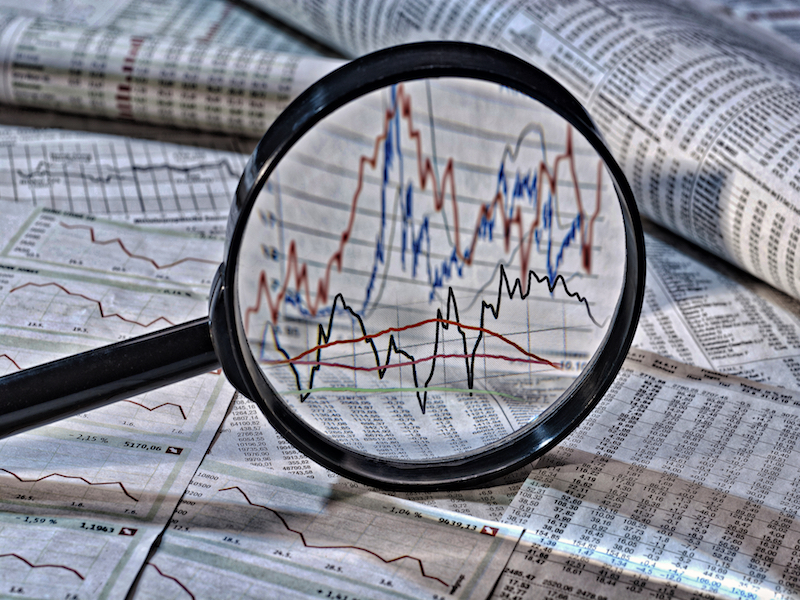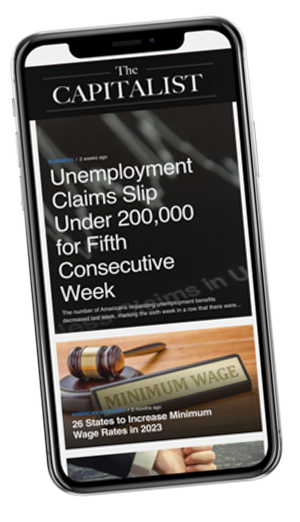brand
VIX: An Accurate Predictor of Market Direction

In spite of the fact that the VIX is a prediction of option volatility and not a measure of actual or historical movement in the S&P 500, it is extremely reflective of whether the index is heading up or down.
What is the VIX, and how can it be so eerily accurate?
What Do Investors Mean by the VIX?
The VIX belongs to the Chicago Board Options Exchange.
It is their Implied Volatility Index.
It is based on how high or low options’ premiums are on the S&P 500 index.
It is sometimes known as the fear index, as it is considered highly reflective of how nervous investors are about market volatility at any given time.
When premiums are high, so is the VIX—as investors are worried about volatility—and the S&P 500 tends to be low at those times.
When premiums are low, so is the VIX—as people tend to be more relaxed about volatility—and the S&P 500 tends to be high at those times.
[ms_divider style=”normal” align=”left” width=”100%” margin_top=”30″ margin_bottom=”30″ border_size=”5″ border_color=”#f2f2f2″ icon=”” class=”” id=””][/ms_divider]
[ms_featurebox style=”4″ title_font_size=”18″ title_color=”#2b2b2b” icon_circle=”no” icon_size=”46″ title=”Recommended Link” icon=”” alignment=”left” icon_animation_type=”” icon_color=”” icon_background_color=”” icon_border_color=”” icon_border_width=”0″ flip_icon=”none” spinning_icon=”no” icon_image=”” icon_image_width=”0″ icon_image_height=”” link_url=”https://offers.thecapitalist.com/p/58-billion-stock-steal/index” link_target=”_blank” link_text=”Click Here To Find Out What It Is…” link_color=”#4885bf” content_color=”” content_box_background_color=”” class=”” id=””]This one stock is quietly earning 100s of percent in the gold bull market. It's already up 294% [/ms_featurebox]
[ms_divider style=”normal” align=”left” width=”100%” margin_top=”30″ margin_bottom=”30″ border_size=”5″ border_color=”#f2f2f2″ icon=”” class=”” id=””][/ms_divider]
Here is a chart from the CBOE’s website illustrating the correlation:

As you can see, while the lines are no mirror reflections of each other, they aren’t that far from it. When one goes up, the other generally goes down.
The website gets even more specific with a table which represents twelve years’ worth of trading days.
It explains that each number in the table is the number of trading days that each index closed either up or down.
It points out that they closed opposite from one another somewhere in the neighborhood of 80% of the time.
That is a very strong statistical correlation.
But Wait, There’s More….
Even more strangely, the VIX is an excellent predictor of short-term volatility, perhaps the best the stock market has to offer.
How it Works
The index measures the puts that investors write during periods of stress in a bear market and goes up as those puts increase.
It also measures the calls people write during bullish periods and goes down as they increase.
By measuring the actions of millions of people, the index succeeds in giving investors a pretty good idea of the attitude of the market as a whole.
When the VIX Was Down (And Investors Were Complacent)
Meta Stock Professional via investopedia

The above chart shows a time when the VIX (the bottom line of the chart) was exceedingly low—all of the blue arrows show it dipping to 20 or below. The corresponding red arrows on the S&P 500 index (the top line of the chart) show peaks at those exact times.
Again, while the lines are not perfectly opposite one another, there is a clear trend in that direction.
Another thing to notice is that every time the VIX dipped below twenty, investors proceeded to sell, as evidenced by the long dip directly after each S&P 500 peak.
It seems that the VIX may be a reliable indicator of sell-offs as well—as though investors have come to recognize that below twenty is maximum complacency with the market and have decided to sell at the peak.
How Investors Put the VIX to Use
Since the VIX is inverse to the S&P 500 so much of the time, investors often use VIX products to hedge.
That way, if the S&P 500 crashes, they have protection in the form of a product that is likely to be heading skyward.
Available VIX Investing Opportunities:
- ETFs and ETNs
- CBOE Futures
- CBOE Options
- It is not possible to invest in the VIX itself, due to the nature of its calculations
Investors Also, of Course, Use the VIX to Make Predictions
- VIX may be used in deciding whether to write a covered call for a stock
- VIX may be used in deciding whether to write a put for a stock
- VIX may be used for any decision that must take short-term market performance into account
The VIX’s Inverse Relation to the S&P 500 May Be Merely a Happy Accident
Originally, the intent of the VIX was to measure potential volatility and thus help options’ traders make more informed decisions about the level of risks they were taking.
It was Robert Whaley of Vanderbilt University who began to realize that measuring volatility in the S&P 500 would indicate when investors were nervous about a possible downturn.
It was only a short leap from there to the realization that the VIX was a powerful tool for predicting the market’s short-term performance.
To wrap it up
In the world of the stock market, nothing is certain, and everything can turn on a dime.
However, it has become a near certainty in many investors’ minds that when the S&P 500 turns, the VIX will turn in the opposite direction.
Its high and low numbers are surprisingly accurate indicators of what the market will do in the next month, and when it reaches a certain low, it’s a very good indication that people are about to sell in droves.
All in all, it’s a miraculous little index and one that every investor should keep their eye on.



